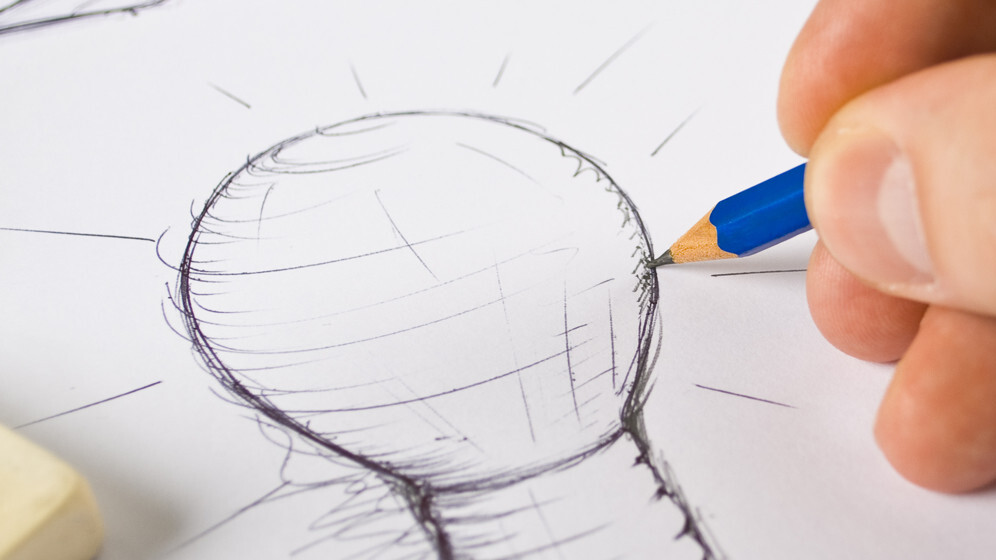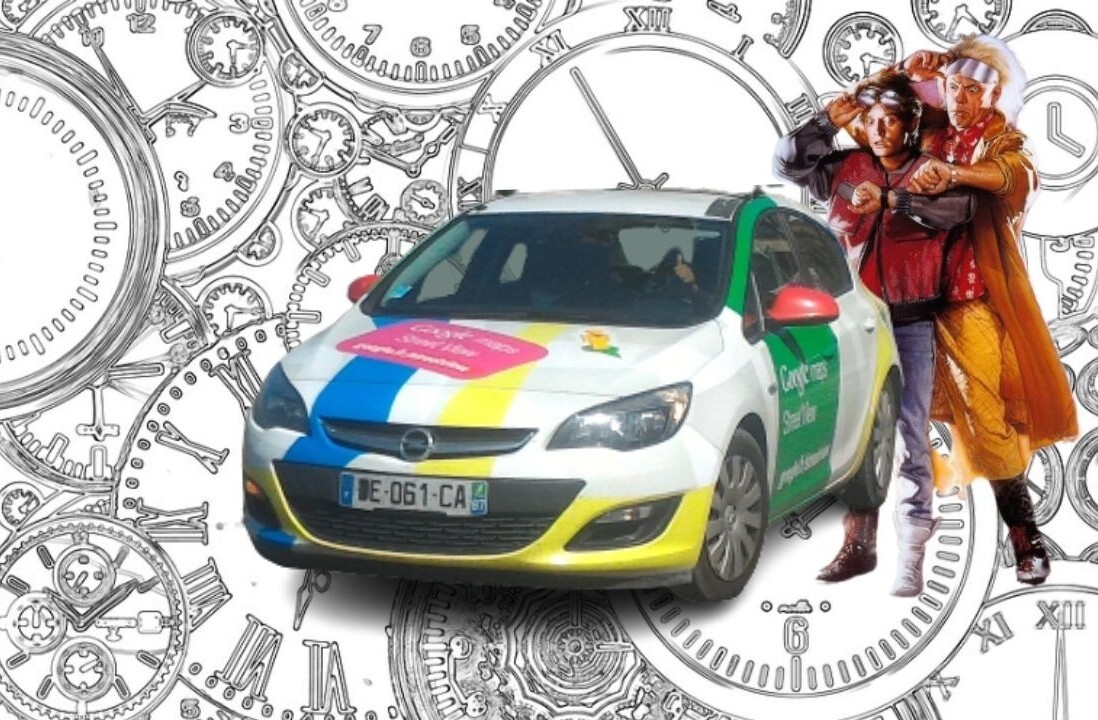
Have you ever wondered what your drawings would sound like if someone was to ever dream up a way of making that possible?
Well, researchers at Queen Mary, University of London, have made that a reality courtesy of Tunetrace, a quirky new iOS app it hopes will show budding coders the fun side of programming.
How it works
First up, you take a snap of your work of art. Then, the free app essentially ‘translates’ the photograph into a skeleton of line endings and crossings.
Twinkling lights splay across the screen, and the app serves up a cacophony of beeps and drum-based sounds. Not the most melodic thing you’ll ever hear, but it’s an interesting experiment nonetheless.

Tunetrace is only as good as the time you put in to the drawing, a simple stick-man will produce a simpler sound to that of, say, a complex line-filled sketch. Also, as part of my testing, I thought I’d see if anything else could create a song and, well, we’re pleased to report you can use any existing ‘thing’ to produce tunes – even a radiator. One that has lines, of course.

“In theory, computers are predictable because they obey simple rules,” explains BAFTA-winning QApps developer Ed Burton. “However, I find programming computers to be full of mystery and surprise. Every novel line of code is an experiment – unexpected results often seem mysterious at first and the surprises are fun. I made Tunetrace interpret the lines of a drawing as lines of code so that anyone who can doodle can feel some of the mystery and surprise of programming.”
The app may appeal more to the younger generation, who can doodle to their heart’s content, then hear what it sounds like on their (dad’s) iPad. Indeed, the app is actually accompanied by classroom resources, designed to make computer programming more appealing.
“In this case, the drawing gives the instructions, the app applies its rules, and the music happens,” continues Professor Peter McOwan, Vice-Principal for Public Engagement and External Partnerships and co-founder of QApps.
“Using this app you can easily explore the ideas behind computer programming by adding more to the drawing to change the tune,” he continues. “Is it possible to draw recognisable music? Is it possible to make a tune that never ends? We don’t know yet. It’s the people who play with Tunetrace that might make these discoveries for the first time.”
There are other ‘experimental’ apps out there that strive to convert images into music – SnapNPlay, for example, is an Android app that reads sheet music and plays it back to you. When we last checked in on it, it was more of a proof-of-concept and required a bit of work though.
Tunetrace is available to download from the App Store now. Meanwhile, check out the official demo video for yourself below.
Disclosure: This article contains an affiliate link. While we only ever write about products we think deserve to be on the pages of our site, The Next Web may earn a small commission if you click through and buy the product in question. For more information, please see our Terms of Service
Get the TNW newsletter
Get the most important tech news in your inbox each week.




